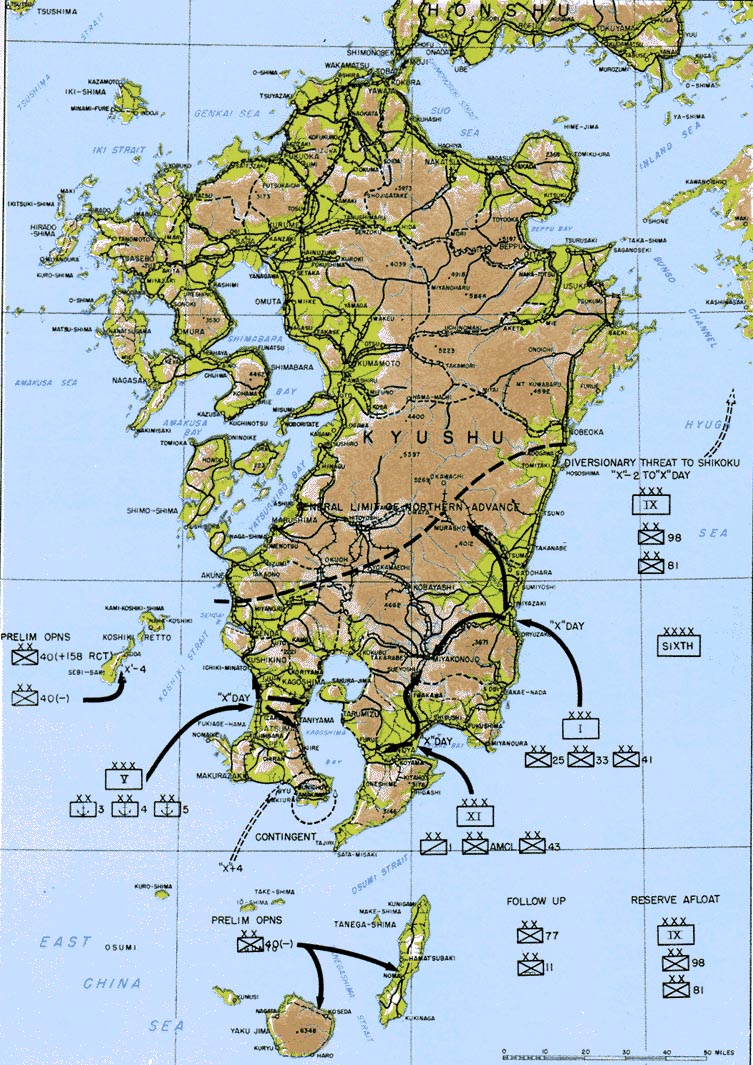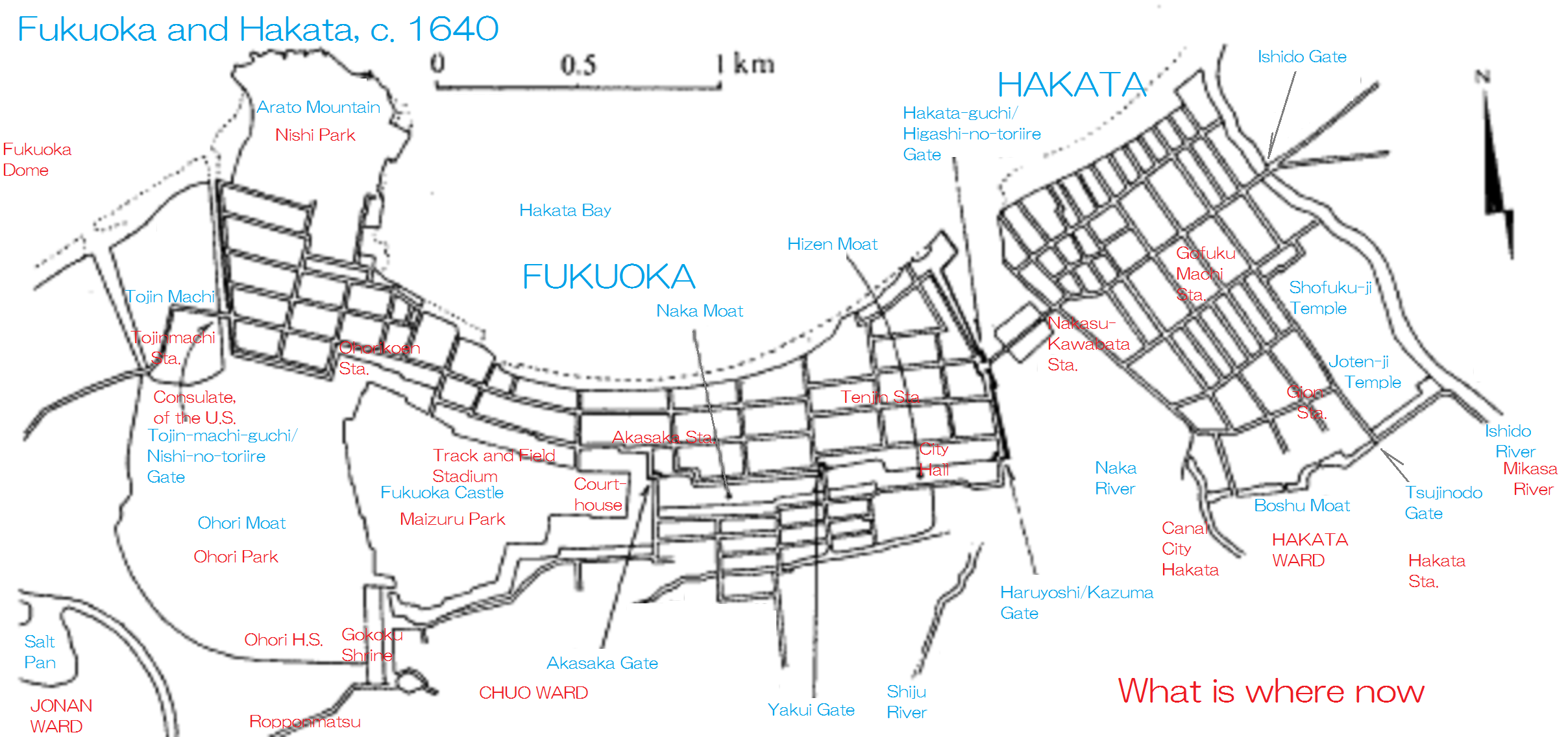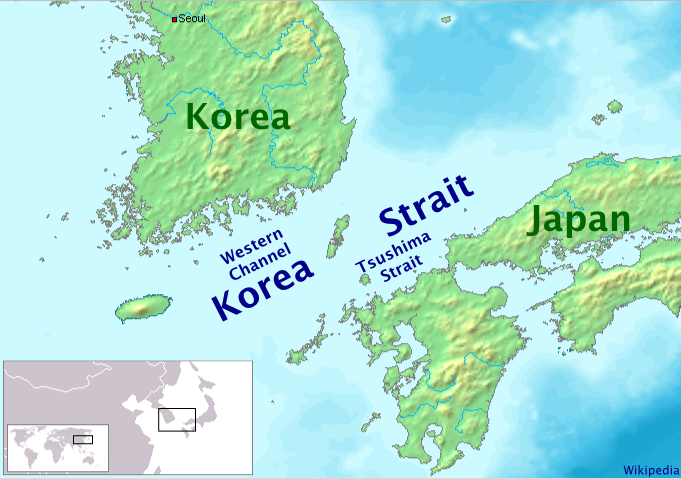|
Japanese Minelayer Minoo
was a minelayer of the Imperial Japanese Navy, which was in service during the final stages of World War II. She was the lead ship of what was intended to be a two-vessel class, but her sister ship, designated ''Vessel #1822'' was not completed before the end of the war. Building During the very final stages of World War II, in preparation for the anticipated Allied invasion of the Japanese home islands, the Imperial Japanese Navy perceived the need to block the entrances to the Sea of Japan, namely the La Pérouse Strait, Tsugaru Strait and Tsushima Strait to protect Japan’s long and relatively lightly defended western coastline. However, as all minelayers has been sunk by that time, an emergency program was begun under the ''Maru Sen'' Programme to construct several small vessels for this task. ''Minoo'' was a modified ''Type 2D'' wartime standard cargo ship, which had been laid down by the Naniwa Dock Company on November 29, 1944. It was requisitioned by the Imperial Japa ... [...More Info...] [...Related Items...] OR: [Wikipedia] [Google] [Baidu] |
Naval Ensign Of Japan
The national flag of Japan is a rectangular white banner bearing a crimson-red circle at its center. This flag is officially called the , but is more commonly known in Japan as the . It embodies the country's sobriquet: the Land of the Rising Sun. The ''Nisshoki'' flag is designated as the national flag in the Act on National Flag and Anthem, which was promulgated and became effective on 13 August 1999. Although no earlier legislation had specified a national flag, the sun-disc flag had already become the ''de facto'' national flag of Japan. Two proclamations issued in 1870 by the Daijō-kan, the governmental body of the early Meiji period, each had a provision for a design of the national flag. A sun-disc flag was adopted as the national flag for merchant ships under Proclamation No. 57 of Meiji 3 (issued on 27 February 1870), and as the national flag used by the Navy under Proclamation No. 651 of Meiji 3 (issued on 27 October 1870). Use of the ''Hinomaru'' was severely restric ... [...More Info...] [...Related Items...] OR: [Wikipedia] [Google] [Baidu] |
Operation Downfall
Operation Downfall was the proposed Allied plan for the invasion of the Japanese home islands near the end of World War II. The planned operation was canceled when Japan surrendered following the atomic bombings of Hiroshima and Nagasaki, the Soviet declaration of war, and the invasion of Manchuria. The operation had two parts: Operation Olympic and Operation Coronet. Set to begin in November 1945, Operation Olympic was intended to capture the southern third of the southernmost main Japanese island, Kyūshū, with the recently captured island of Okinawa to be used as a staging area. In early 1946 would come Operation Coronet, the planned invasion of the Kantō Plain, near Tokyo, on the main Japanese island of Honshu. Airbases on Kyūshū captured in Operation Olympic would allow land-based air support for Operation Coronet. If Downfall had taken place, it would have been the largest amphibious operation in history, surpassing D-Day. Japan's geography made this invasion pl ... [...More Info...] [...Related Items...] OR: [Wikipedia] [Google] [Baidu] |
Sasebo, Nagasaki
is a Core cities of Japan, core city located in Nagasaki Prefecture, Japan. It is also the second largest city in Nagasaki Prefecture, after its capital, Nagasaki. On 1 June 2019, the city had an estimated population of 247,739 and a population density of 581 persons per km2 (1,505 persons per square mile). The total area is . The city includes a part of Saikai National Park. Located in the southern part of the city is the Dutch-styled theme park ''Huis Ten Bosch (theme park), Huis Ten Bosch''. The island of Ukujima is also administered as part of Sasebo city. History The area of present-day Sasebo was a small fishing village under the control of nearby Hirado Domain until shortly after the start of the Meiji period. Imperial Japanese Navy Admiral Tōgō Heihachirō, when surveying the coasts of northwestern Kyūshū for the site of a navy base, selected his location based on its protected, deep-water harbor, geographic proximity to China and Korea, and the presence of nearby Coal ... [...More Info...] [...Related Items...] OR: [Wikipedia] [Google] [Baidu] |
Hakata, Fukuoka
is a ward of the city of Fukuoka in Fukuoka Prefecture, Japan. Many of Fukuoka Prefecture and Fukuoka City's principal government, commercial, retail and entertainment establishments are located in the district. Hakata-ku is also the location of Fukuoka's main train station, Hakata Station, Fukuoka Airport and the Hakata Port international passenger ship terminal. Geography Hakata-ku is a ward of Fukuoka City located on its eastern edge. It is 31.47 km2 with a population of 206,629 (current January 1, 2009). Much of the ward consists of low-lying plains beside the . The northwestern end of the ward faces Hakata Bay, which includes both ferry and international cruise ship terminals . The northeast end of the ward is slightly elevated, and is named , with nearby Fukuoka Airport. Around Hakata Station is downtown; is the main dining and entertainment district of the ward along the . Hakata-ku also houses the Fukuoka Prefectural office. Economy Many Japanese companies hav ... [...More Info...] [...Related Items...] OR: [Wikipedia] [Google] [Baidu] |
Shanghai
Shanghai (; , , Standard Mandarin pronunciation: ) is one of the four direct-administered municipalities of the People's Republic of China (PRC). The city is located on the southern estuary of the Yangtze River, with the Huangpu River flowing through it. With a population of 24.89 million as of 2021, Shanghai is the most populous urban area in China with 39,300,000 inhabitants living in the Shanghai metropolitan area, the second most populous city proper in the world (after Chongqing) and the only city in East Asia with a GDP greater than its corresponding capital. Shanghai ranks second among the administrative divisions of Mainland China in human development index (after Beijing). As of 2018, the Greater Shanghai metropolitan area was estimated to produce a gross metropolitan product (nominal) of nearly 9.1 trillion RMB ($1.33 trillion), exceeding that of Mexico with GDP of $1.22 trillion, the 15th largest in the world. Shanghai is one of the world's major centers for ... [...More Info...] [...Related Items...] OR: [Wikipedia] [Google] [Baidu] |
Okinawa
is a prefecture of Japan. Okinawa Prefecture is the southernmost and westernmost prefecture of Japan, has a population of 1,457,162 (as of 2 February 2020) and a geographic area of 2,281 km2 (880 sq mi). Naha is the capital and largest city of Okinawa Prefecture, with other major cities including Okinawa, Uruma, and Urasoe. Okinawa Prefecture encompasses two thirds of the Ryukyu Islands, including the Okinawa, Daitō and Sakishima groups, extending southwest from the Satsunan Islands of Kagoshima Prefecture to Taiwan ( Hualien and Yilan Counties). Okinawa Prefecture's largest island, Okinawa Island, is the home to a majority of Okinawa's population. Okinawa Prefecture's indigenous ethnic group are the Ryukyuan people, who also live in the Amami Islands of Kagoshima Prefecture. Okinawa Prefecture was ruled by the Ryukyu Kingdom from 1429 and unofficially annexed by Japan after the Invasion of Ryukyu in 1609. Okinawa Prefecture was officially founded in 1879 by the Empi ... [...More Info...] [...Related Items...] OR: [Wikipedia] [Google] [Baidu] |
Navy List
A Navy Directory, formerly the Navy List or Naval Register is an official list of naval officers, their ranks and seniority, the ships which they command or to which they are appointed, etc., that is published by the government or naval authorities of a country. Background The Navy List fulfills an important function in international law in that warships are required by article 29 of the United Nations Convention on the Law of the Sea to be commanded by a commissioned officer whose name appears in the appropriate service list. Past copies of the Navy List are also important sources of information for historians and genealogists. The Navy List for the Royal Navy is no longer published in hard-copy. The Royal Navy (United Kingdom) publishes annual lists of active and reserve officers, and biennial lists of retired officers. As of 2015, the Navy List of the Royal Navy has been renamed as the 'Navy Directory'. The equivalent in the United States Navy is the Naval Register, whic ... [...More Info...] [...Related Items...] OR: [Wikipedia] [Google] [Baidu] |
Surrender Of Japan
The surrender of the Empire of Japan in World War II was announced by Emperor Hirohito on 15 August and formally signed on 2 September 1945, bringing the war's hostilities to a close. By the end of July 1945, the Imperial Japanese Navy (IJN) had become incapable of conducting major operations and an Allied invasion of Japan was imminent. Together with the United Kingdom and China, the United States called for the unconditional surrender of the Japanese armed forces in the Potsdam Declaration on 26 July 1945—the alternative being "prompt and utter destruction". While publicly stating their intent to fight on to the bitter end, Japan's leaders (the Supreme Council for the Direction of the War, also known as the "Big Six") were privately making entreaties to the publicly neutral Soviet Union to mediate peace on terms more favorable to the Japanese. While maintaining a sufficient level of diplomatic engagement with the Japanese to give them the impression they might be wi ... [...More Info...] [...Related Items...] OR: [Wikipedia] [Google] [Baidu] |
Kure Naval District
was the second of four main administrative districts of the pre-war Imperial Japanese Navy. Its territory included the Seto Inland Sea, Inland Sea of Japan and the Pacific Ocean, Pacific coasts of southern Honshū from Wakayama prefecture, Wakayama to Yamaguchi prefectures, eastern and northern Kyūshū and Shikoku. The area of the Kure Naval District encompassed Hashirajima Anchoring Area located at the south end of Hiroshima Bay, 30-40 kilometers southwest of Kure. When not in need of repairs ships usually anchored in this area to free up pier space at Kure. Hashirajima was also a major staging area for fleet operations. Tokuyama, Yamaguchi, Tokuyama port, was also part of Kure Naval District, and had the largest fuel depot in the Japanese Navy. History The location of Kure, Hiroshima, Kure within the sheltered Inland Sea of Japan was recognized of strategic importance in controlling the sea lanes around western Japan by the Meiji government and early Imperial Japanese Navy. Wi ... [...More Info...] [...Related Items...] OR: [Wikipedia] [Google] [Baidu] |
Kure Naval Arsenal
was one of four principal naval shipyards owned and operated by the Imperial Japanese Navy. History The Kure Naval District was established at Kure, Hiroshima in 1889, as the second of the naval districts responsible for the defense of the Japanese home islands. Along with the establishment of the navy base, a ship repair facility was also constructed, initially by moving the equipment from the Onohama shipyards near Kobe. Construction was supervised by the French engineer Louis-Émile Bertin. The first warship constructed at Kure, '' Miyako'', was launched in 1897. The "Kure Shipyards" were officially renamed the "Kure Naval Arsenal" in 1903. Kure developed into one of the largest shipbuilding facilities in the Empire of Japan, capable of working with the largest vessels. The Arsenal included a major steel works (built with British assistance), and also facilities for producing naval artillery and projectiles. The battleships ''Yamato'' and '' Nagato'' were designed and con ... [...More Info...] [...Related Items...] OR: [Wikipedia] [Google] [Baidu] |
Wartime Naval Armaments Supplement Programme (Japan, 1944)
The was the 1943-44 War Programme to fund the armaments expansion plan of the Imperial Japanese Navy (IJN). Background Early 1944, the IJN started building warships for war. The plan did not include any large warships which were suitable for offensive operations. Table of vessels funded under 1944-45 Estimates {, class="wikitable" width="90%" , width="12%" , Category , width="8%" , Class , width="8%" , Vessel number(s) , width="20%" , Completed , width="15%" , Converted , width="12%" , Cancelled , - , Military transporter 2nd class , '' No.101'' , #1501–1569 and 32 vessels , '' No.101'' and 68 vessels , 22 vessels were transferred to the Army. , 32 vessels , - , Coast defence boat Type-A (steel) ( :jp:海防艇) , '' No.1'' , #1701–1760 , , , , - , rowspan="2", Minelayer , '' Kamishima'' , #1801–1809 , '' Kamishima'' (#1801), '' Awashima'' (#1802) , , #1803–1809 , - , '' Minoo'' , #1821–1822 , ''Minoo'' (#1821) , ... [...More Info...] [...Related Items...] OR: [Wikipedia] [Google] [Baidu] |
Tsushima Strait
or Eastern Channel (동수로 Dongsuro) is a channel of the Korea Strait, which lies between Korea and Japan, connecting the Sea of Japan, the Yellow Sea, and the East China Sea. The strait is the channel to the east and southeast of Tsushima Island, with the Japanese islands of Honshu to the east and northeast, and Kyushu and the Gotō Islands to the south and southeast. It is narrowest south-east of Shimono-shima, the south end of Tsushima Island proper, constricted there by nearby Iki Island, which lies wholly in the strait near the tip of Honshu. South of that point Japan's Inland Sea mingles its waters through the narrow Kanmon Strait between Honshu and Kyushu, with those of the Eastern Channel, making for some of the busiest sea lanes in the world. The Strait was the site of the decisive naval battle in the Russo-Japanese War, the Battle of Tsushima, between the Japanese and Russian navies in 1905; in which the Russian fleet was virtually destroyed.100 Battles, ''Decisi ... [...More Info...] [...Related Items...] OR: [Wikipedia] [Google] [Baidu] |








